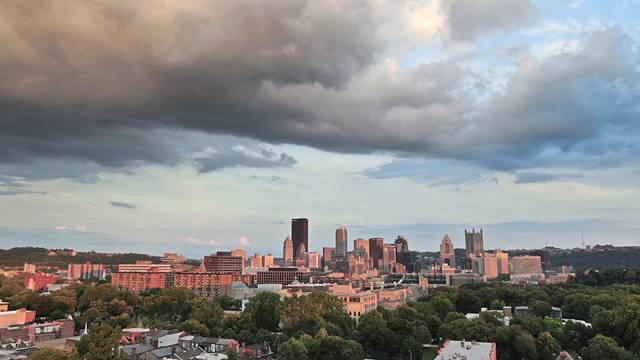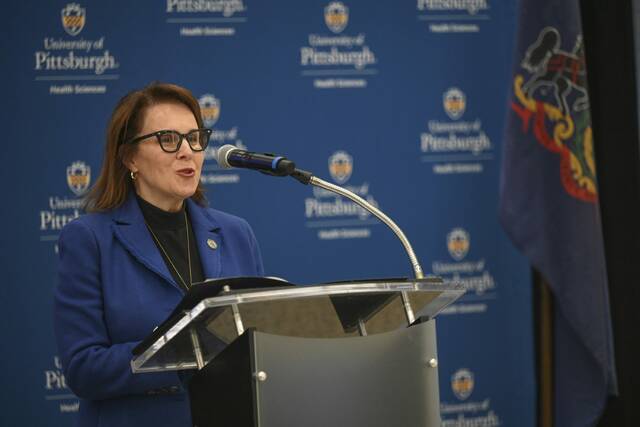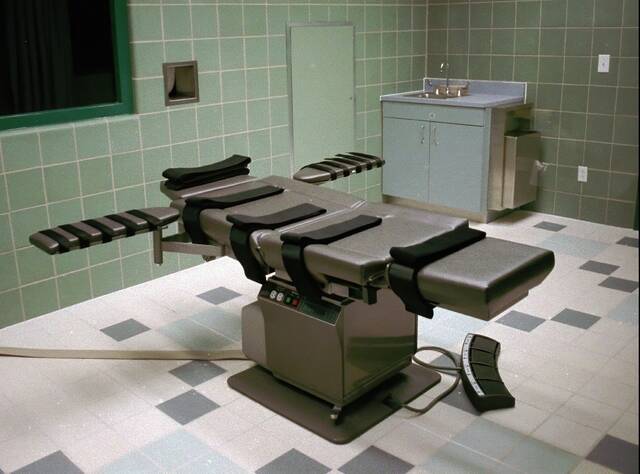There’s a downside to a hot, sunny summer in Southwestern Pennsylvania: higher levels of ozone air pollution, according to the Pennsylvania Department of Environmental Protection.
The region’s Air Quality Index has reached Code Orange four days this year, including Sunday and Monday. The average for an entire year is 3 days at or above Code Orange. Last year, the count was zero.
The index measures four types of pollutants, ranking air quality in six color-coded categories. Tuesday was rated Code Yellow and Wednesday is expected to be Code Green — meaning the air is essentially pollutant free. Code Maroon is most severe, meaning the air is hazardous for everyone.
Code Orange is the third category. Children, the elderly and those with respiratory issues should be careful and limit outdoor activity when a Code Orange advisory is in effect, according to the DEP.
The daily Air Quality Index for the region can be found online at AirNow.gov.
“This ground-level ozone just makes it very difficult for folks with those conditions to breathe,” said Betsy Mallison, chair of the Southwestern Pennsylvania Air Quality Partnership.
Mallison has asthma and enjoys cycling, but this year’s heat and ozone have made enjoying the outdoors more difficult than usual.
“For the first time in a long time, I’ve had some issues with my breathing because of those conditions,” she said.
Ground-level ozone forms when heat and sunlight react with air pollutants, including those from power plants, factories and vehicles. Last year’s cloudy, rainy summer meant less ozone, according to DEP spokesperson Lauren Fraley.
Emissions are likely down slightly this year due to traffic reductions during the coronavirus pandemic. Still, the sun and heat have led to a slight uptick in Code Orange days over a normal year, Fraley said.
Ozone is the most common form of air pollution that brings the index to Code Orange or higher during the summer, because it requires heat to form. In winter, particulate matter is more common, Fraley said.
The Air Quality Index is a national system that debuted in 1999.
The two highest categories — purple and maroon — are rare. Pennsylvania has only used them once, in 2002, when smoke from forest fires in Canada caused huge amounts of pollutants to drift into the United States, according to Fraley.
Mallison helped found the air quality partnership in Pittsburgh in 1995, when air pollution was much worse than it is now, she said.
“Certainly, the air quality has improved around Pittsburgh, but we still have some work to do,” she said.
The nonprofit partnership works to educate people about the effects of air pollution, efforts they can take to protect their health, and ways to cut back on emissions.
During a Code Orange advisory, residents are asked to limit air pollution by lowering their air conditioning, minimizing driving and waiting until after dusk to refuel cars and trucks.








